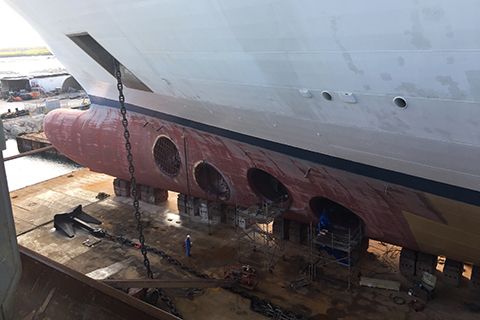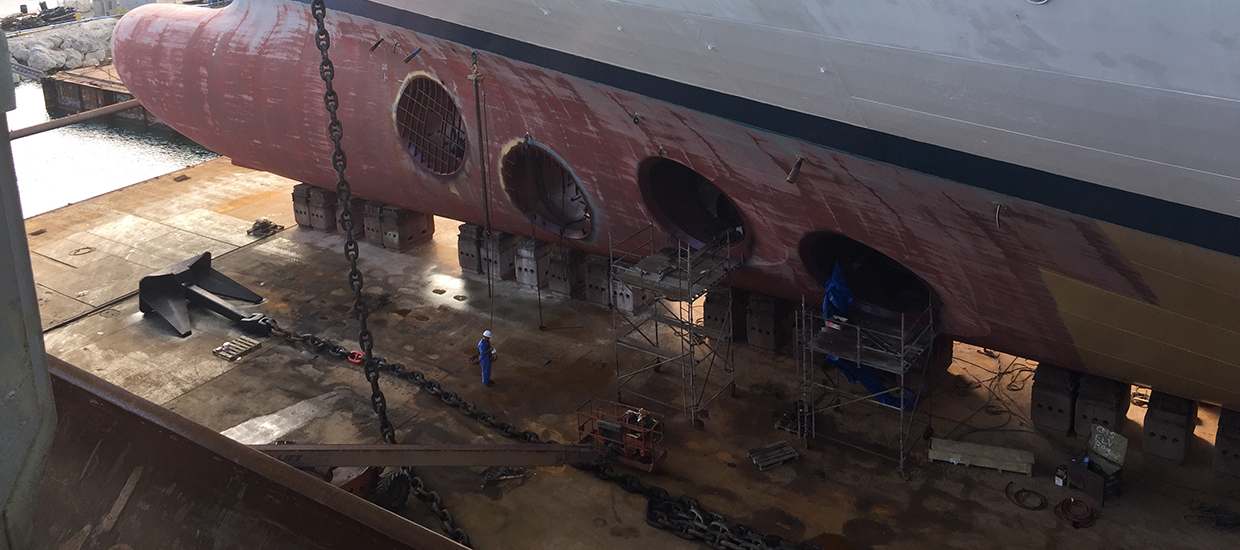The data generated by the Explorer of the Seas project has to date resulted in more than 200 scientific publications and presentations. Some of the highlights are discussed below:
The M-AERI measures very accurately the temperature of the very surface skin of the ocean, the temperature emitted by the surface ocean and the temperature profile through the surface layers. Radiometric sea surface temperature (SST) is what satellite borne infrared radiometers are attempting to measure across the global ocean. But are those measurements accurate? Is the algorithm used to convert satellite measurements into SST values effective under all circumstances and, if not, what can be done to correct the error? The M-AERI data has been used by NASA and the European Space Agency to calibrate and verify the satellite data and improved the algorithms.
Since 2002 well over one-half million dissolved carbon dioxide (CO2) measurements have been made aboard the Explorer of the Seas. The data obtained has confirmed that the ocean is absorbing at least 20% of the CO2 released by burning fossil fuels however this has resulted in seasonal changes and long term declines in the calcification rates of marine organisms (like corals) due to the resultant acidity.
Climate models predict that the Atlantic Multi-decadal Overturning Circulation (AMOC) may be slowing down which would, among other things, transform the climate in northern Europe. Measurements of the Florida and Yucatan currents by the instruments aboard Explorer of the Seas give no indication this is already occurring.
Until very recently, Ocean-Atmosphere coupled climate models have been “eddy-permitting” but not “eddy-resolving.” What this means is that the models did not accurately depict the highly dynamic/high energy ocean eddies (large rapidly rotating features hundreds of kilometers across). With improved model resolution it now appears that not getting eddies “right” may be an enormous potential source of error in climate prediction in some ocean regions. Entire basins thought to be “sources” of heat to the atmosphere (positive flux) are in fact “sinks” (negative flux). Analysis of ADCP data from repeat transects across the Sargasso Sea by the Explorer of the Seas are providing the data required to verify and validate these next generation models.
Images obtained from camera’s installed aboard Explorer to record the images of the ship’s wake have been used to tune mathematical models of ship’s wakes that are being used to enable the vessel identification from radar images required by the Department of Homeland Security and its European counterparts.





